When you go through any stretch/exercise program for your pain, it is important to note how your symptoms behave in response to your actions. Pain relief is not a binary thing (pain vs no pain); in fact, the pain itself acts on a spectrum, which is why I am a huge fan of using the three words to measure progress: better, worse, or the same. These words will help navigate the world of endless exercises and stretches for pain relief.
Symptoms can fluctuate based on intensity (scale of 0 to 10) and type of pain (sharp vs soreness vs deep ache, etc), but the location is also an indicator of progress (or regression).
In the world of sciatica, the pain can extend all the way from your lower back and radiate down as low as your feet/toes. The Sciatic nerve supplies nerve and muscle sensation to the hamstrings, calves, shins, and feet. (*the Femoral nerve supplies motor and sensory to the front of the thigh). Which means that irritation at the spine or any part of the nerve itself can present as pain along the leg.
When trying to measure progress, it is also very important to see where the pain is located, and how it changes with movement. If your pain moves down your leg, closer to your foot, you are experiencing a peripheralization of symptoms. This means that the pain is spreading deeper into the nerve and this is often a sign of increased nerve irritation. This could happen in the presence of back pain, or the back pain could completely go away and it’s just leg pain. Regardless, if the pain starts to travel down your leg further, the stretches/exercises/positions are creating nerve irritation and it is important to change course.
If your pain travels up closer to your spine, example: pain started at the calf, but now in the back of the knee; this is called centralization and this is a more favorable response. This means that the nerve is slowly healing and is less irritated, and the symptoms are coming in back towards the middle. This is still the case even if you feel more pain in the lower back and now pain in the leg. Think about this scenario like a tube of toothpaste. You need to roll up that toothpaste to get every bit out for your brush. That is what centralization is like. Again, this is a favorable event because it indicates that the nerve is less irritated and healing.
So what do you do if your pain is peripheralizing? You pause, re-evaluate and look at the stretch/exercise that you just completed. Did you do it correctly? If yes, then this is probably not the stretch for you. If no, see what it feels like if you do the stretch differently. That will determine your next actions.
If your pain is centralizing, that’s great! Continue along the path. You may even go deeper into the stretch or do more repetitions.
If you would like to go about this sciatica pain journey on your own, check out our 12 week sciatica pain relief course. It is valued at $999 but I believe in this program so much I want to share it with you for $297. You can check it out here.


